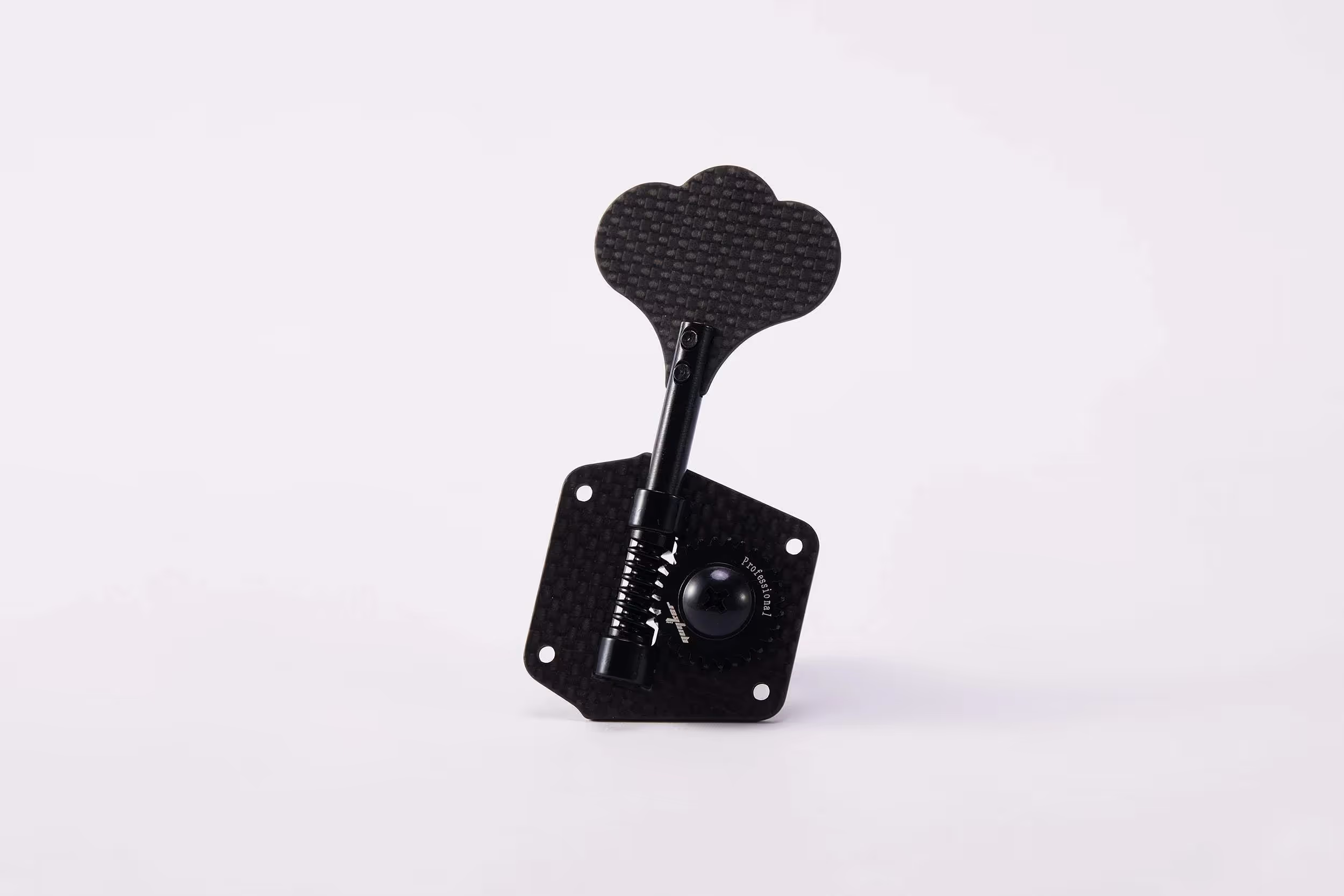
Automation refers to your DAW automatically performing a manually edited setting to affect your mix’s sound in playback.
It is a technique used in the mixing stage of music production. It gives the mixing engineer complete control over nuances that might need to be adjusted at different points during a song.
Automation is a feature that many musicians, artists, and amateur music makers should give more attention to. Its capability is pretty much unlimited. Though automation may seem a tedious task to many, its impact can be significant.
When would you use automation in mixing?
The capacity in which you can utilize automation in your mixes is pretty much unlimited, though here are a few high-impact examples.
- It can be used as a manual de-esser. This technique refers to the managing and reduction of sibilance on vocals. This is typically processed via a plugin, it can also be achieved by detailed manual gain automation.
- Control your singer’s dynamics whilst mixing vocals by finely reducing and boosting the volume throughout the audio track at specific points of a particular word or phrase. This can also add feeling to the vocal, which helps the listener connect emotionally with the music.
- High pass or low pass filters for build-ups. E.g. in EDM production when building up the tension of a new track, the mixer may decide to use a low pass filter or high pass filter. This automates the frequencies that are cut out or introduced, leading up to a particular moment in the audio. This point is usually referred to as the drop.
- Manual compression. Many audio engineers employ a compressor plugin to do this job for them. By manually taking the volume peaks off your instrument tracks, you can claim more control over your mix which results in a more natural compression.
Panning with automation
Panning is a technique used in music production whereby the audio signal is spread across a stereo field taking up a position or positions between far-right and far-left. During the production, the mix engineer can set this as a fixed position or automate the movement of signal position between far-right and far-left.
Different instruments have different expected pan positions within the mix depending on what they are. For example, your vocal mix would usually sit centrally within the stereo field as is the case with most genres. This, of course, is a creative decision so this can be experimented with during the mixing process. If you’re hiring an online mixing and mastering service, this is exactly the kind of preference you can cite in your mixing notes.
Panning can also be leveraged with automation. By moving different instruments or sounds throughout the stereo image, you can create interesting variations that can keep the listener’s attention.
We highly recommend this book for further reading.
How you can implement automation
Engineers can use a few different ways to program their automation intentions.
Manual automation input
The first is to simply manually input your idea with your mouse into your DAW program. This takes more time depending on how complicated your idea is. The advantage is that your input will be more specific as it snaps to the timing grid.

Channel fader riding
The second is called channel fader riding. The mix engineer can then perform the automation adjustments in real time through an audio mixer. As the name denotes, the engineer will record as they manually move the channel fader in real time as automation.
Many engineers prefer this method as it allows them to “perform” their idea rather than program it. In most cases, this input will take less time and result in more impact.

Fader riding also doesn’t have to be performed through channel faders on your mixer. You can connect any dial or knob on external hardware to the automation setting in your DAW and be able to perform automation. A lot of the best audio interfaces out there are built with this automation functionality in mind.
Automation is a creative tool with unlimited possibilities!
Automation is a creative technique with endless creative potential. Whether it is EQ parameters during a vocal track or changing the amount of distortion on a guitar part, utilizing its capabilities can improve your mix significantly.
Producing creative and interesting sounds using automation is a great way to get your mix to stand out and keep the listener engaged with your track.
There are many automation tutorials that can be found online, which demonstrate many more situations of use, as well as the instructions on the specific platforms you might be using to mix your tracks.





